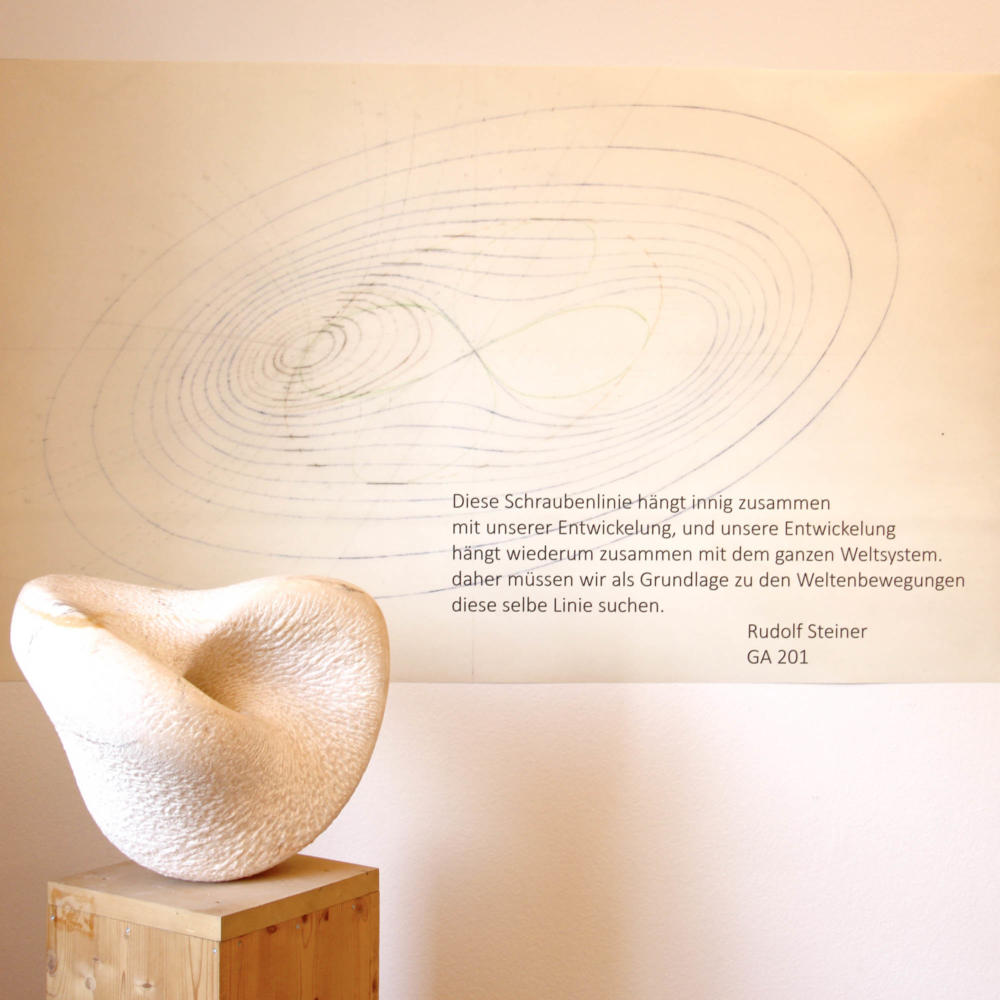Fellowship as the ground of anthroposophy
Fraternity – or fellowship – is a key to effective anthroposophical working. It brings together the diverse levels of spiritual work, from individual study to cooperation to establishing a spiritual community.
Anthroposophy needs certain conditions to thrive. It can, for instance, not grow without fraternity. In 1922, in his lecture on ‹Anthroposophy as an Attempt to Enchristen the World›, Rudolf Steiner explained that, «Anthroposophy can grow and thrive only in the fertile ground of practical fellowship, where each individual offers others whatever he or she has and can do.»1 Why do we need this fellowship on a path of development that is concerned with knowledge?
Three stages of spiritual work
The path to knowledge begins with individual activity, but there is a danger involved: as soon as I see my approach to and my understanding of a question or issue as the only one, I create one-sidedness. Different ‹schools› and thinking habits emerge, each attracting its own kindred spirits and followers. Sectarianism and isolation follow. In the human body, any kind of disintegration means illness, while reintegration means healing and recuperation. At the social level, isolation leads to a kind of ‹disease› that weakens the community. That is not the kind of soil Anthroposophy can grow on. Anthroposophy needs sharing, dialogue, conversation. Only in the living encounter with others can one-sidedness be overcome, and the results of people’s work become part of a wider context. We awaken in our meeting with the essence of the other person’s spirit-soul.
When we strive for knowledge individually, we may sense the influence of the angel, inspiring fertile thoughts and ideas as a spiritual messenger. When a community strives for knowledge we feel the influence of archangels. We reach a stage that goes beyond the individual quest for knowledge and is therefore more potent. For this kind of work the right question is more essential than the ‹convincing› message. The one asking the question can easily distinguish whether or not the answers offered really answer the question posed. He or she therefore often ‹knows› the answer already subconsciously, and the question is like a sense organ that perceives the answer to be right or not right.
Joy and gratitude arise from the knowledge found together. The spirit weaves among the individuals and begins to be active in their community. A third stage is reached: the spirit is present in the community and becomes effective in life. It is like a small Whitsun event that can unfold as soon as two or more are gathered in one name. Free deeds are possible out of this spirit. At this stage we reach the level of the spirits of personality. The spirit becomes active in life as a spirit of time. At this level, too, Anthroposophy can only grow on the soil of fraternity.
Knowledge and community building
None of these three stages is dispensable. We know many different approaches in the anthroposophical movement; each of them is justified in their own way, as long as they have a transparent way of access. They will only help Anthroposophy to thrive, however, if they reach the second stage, the stage of fraternity and dialogue. Conflicts often arise when not enough steps are taken towards fraternity.
Whether it is in education, agriculture, medicine or art: it needs the joint source of Anthroposophy for the individual spheres of life to thrive. If the various Sections work together even more closely, their work can also rise from the angel to the archangel level, for in this context too, fraternity is needed as a fertile soil. The challenges of our time require that the Sections work together. Healthy child development needs the working together of education, nutrition, art and medicine. Only then will Anthroposophy be able to radiate out as an answer to the urgent needs of our time.
This is why the work of the School of Spiritual Science and its Sections, as an esoteric source, needs to be applied in practice, in the sciences and in life, in order to become effective. The spirit can then, as a spirit of time, become active and effective in the Society and its spheres of practical application.
(1) Rudolf Steiner, The Sun Mystery and the Mystery of Death and Resurrection: Exoteric and Esoteric Christianity, cw 211, Great Barrington, 2006, tr. C. Creeger
Living Encounter: Sculpture by Christian Hitsch and Rudolf Steiner on the lemniscate, Rudolf Steiner Archives. Foto: Sebastian Jüngel.

